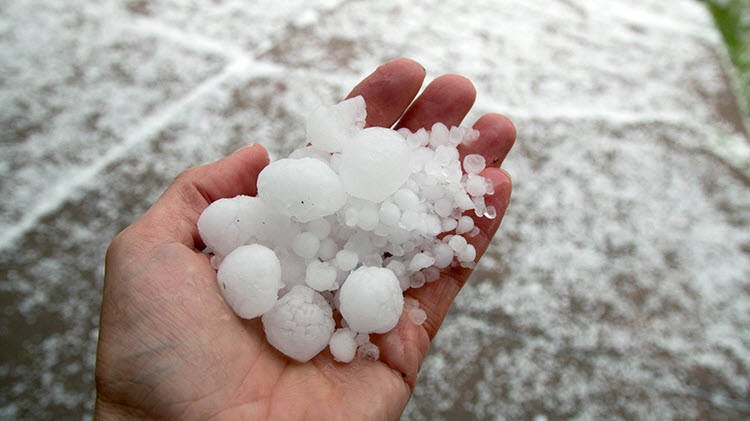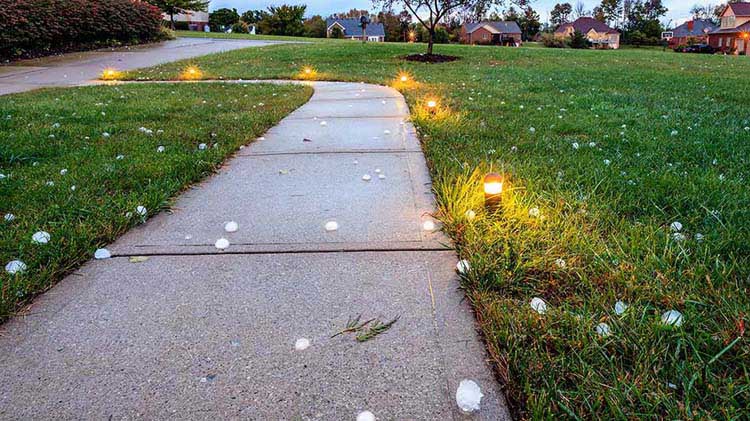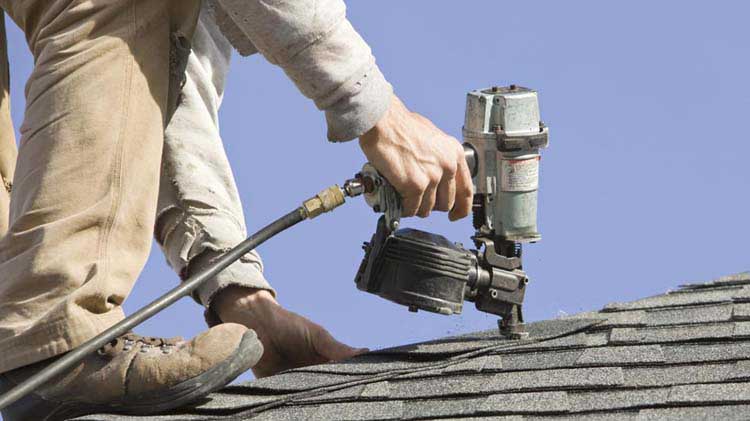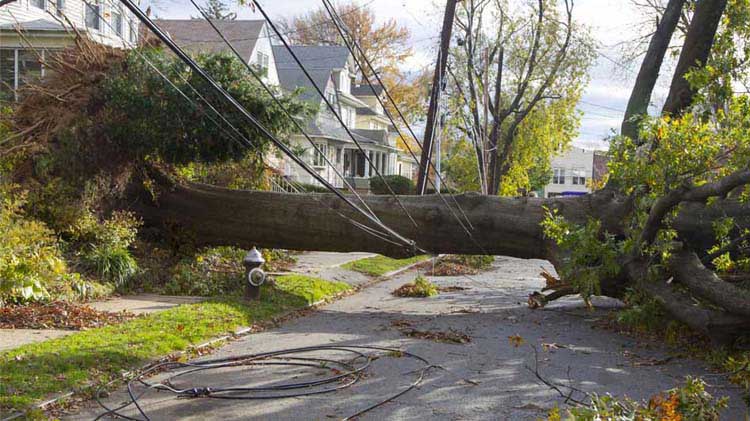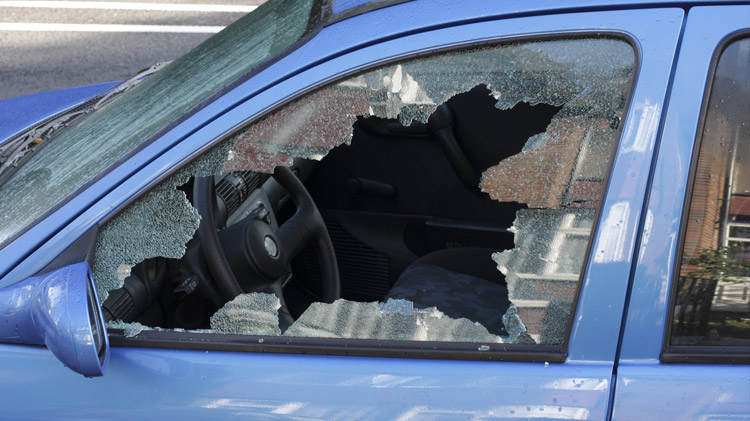Hail damage on your car: How to spot it and what to do
Hail damage can result in broken glass, dents or even interior damage. Read on to learn how to spot hail damage and strategies for tackling it.
A severe hailstorm can leave a vehicle looking like a golf ball. With the helpful resources for hail storms available to you, knowing how to identify the telltale signs of hail damage and how to fix it can empower you to take on the problem.
What is hail damage?
During a severe storm, chunks of ice the size of peas or even larger than baseballs can fall from the sky at speeds of many miles per hour.
Hail often causes damage to a home's roofing and siding, which can result in leaks. But it can also wreak havoc on vehicles — a 2020 NICB report found that nearly 735,000 automotive claims for hail damage were made between 2017 and 2019.
More important than protecting property, of course, is helping protect your family by staying safe during a hailstorm.
How to spot hail damage on a car
Any vehicle left outdoors during a storm may be susceptible to damage. It's often obvious, but at times, spotting damage may require close examination. When the severe weather clears and it is safe to go outdoors, inspect the car for these common signs of hail damage:
- Large or small dents in the hood, doors, side panels or trunk; these dings typically aren't uniform, may not damage the paint and may not cover the entire vehicle
- Chipped, cracked or broken windshield, windows or mirrors
- Water damage inside the vehicle due to broken glass components
- Missing or loose side mirrors
- Doors or side mirrors that are stuck or jammed
If you're unsure whether damage on your vehicle is related to hail, many body shops offer free inspections and hail damage estimates.
How to help prevent car hail damage
When it comes to disaster safety, an ounce of prevention is worth a pound of cure. With hail, preventing damage can help avoid expensive out-of-pocket repairs or insurance deductibles.
Parking your car in a garage can help protect it from the elements. If you don't have a garage, consider installing a carport. Alternatively, there are car covers specifically made to protect against hail damage. If all else fails, safely cover your car with blankets in advance of a storm but be mindful of your own safety.
Hail damage car repair
Paintless dent repair (PDR) is an industry-recognized repair process that involves the removal of hail dents or other types of damage from metal exterior surface panels without disturbing the vehicle's finish. In many cases, this procedure involves the use of specialized tools to apply pressure to the backside of the panel to remove surface imperfections. Other techniques may be used to repair damage from the topside of the panel, depending on the size and location of the damage. Hail damage repair costs can range from a few hundred to thousands of dollars.
Does car insurance cover hail damage?
The short answer is: It depends. There are different car insurance coverages, such as collision, comprehensive and liability — to name a few. To have coverage for hail damage for your car, you need comprehensive coverage on your car policy. This coverage type is designed to help cover damage to your car for reasons other than collision or rolling over. Consider reaching out to your insurance company if you have any questions about how coverage applies or if you’d like to add that type of coverage to your vehicle.
With a historic increase in insurance claims for hail damage over the last few years, you may currently be considering options to account for possible hail damage. Only you can determine the best course of action for your situation, but you may find it helpful to familiarize yourself with these tips on what to do in a hail storm. Stay safe out there!
